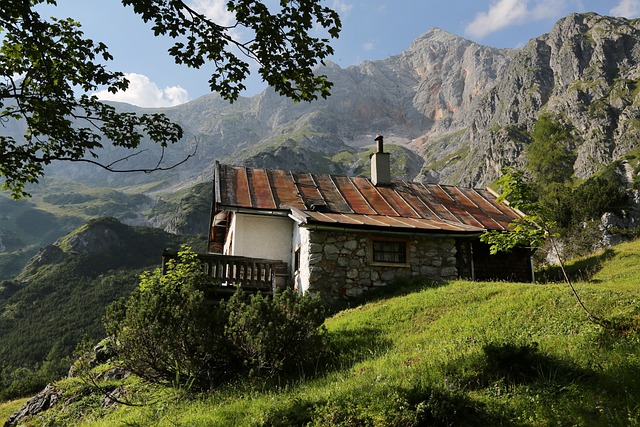4. The Mysterious Green Lake (Grüner See)
-
Tourism in Austria

Hidden Gems: Off-the-Beaten-Path Destinations in Austria
Austria is often celebrated for its iconic landmarks like Vienna’s Schönbrunn Palace, Salzburg’s Hohensalzburg Fortress, and the stunning Alps of…
Read More »